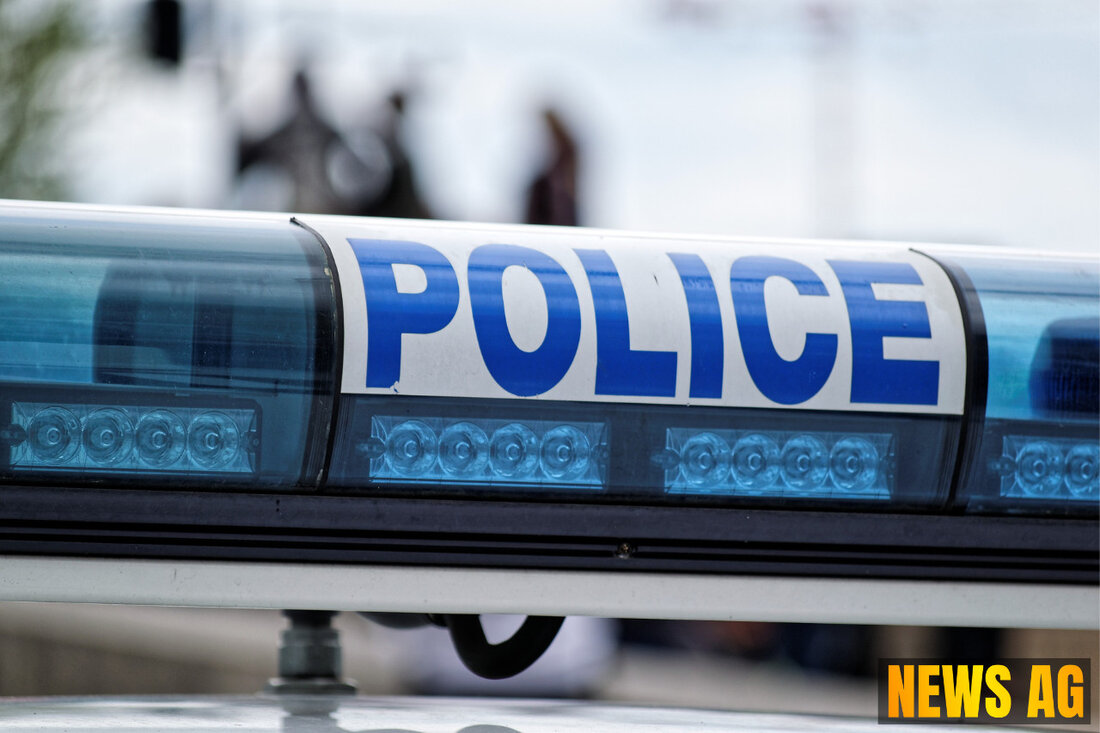Fresh Video Emerges from Deadly Titusville Police Shooting: What We Learned
New body camera footage sheds light on the police shooting of Tri-marea Charles in Titusville; details on access and accountability explored.

Fresh Video Emerges from Deadly Titusville Police Shooting: What We Learned
In recent events that have stirred the collective conscience of Titusville, Florida, newly-released video footage from February depicts the police response to the tragic shooting of 25-year-old Tri-marea Charles. The release of unedited body-camera footage followed an edited version presented by Police Chief John Lau last month, raising significant questions about transparency and accountability in police interactions with the community.
The footage illustrates a police encounter that began in response to a shooting call on South Robbins Avenue. In the video, we see Charles running from law enforcement as two officers open fire. The sequence escalated quickly, leading to tragic consequences; Charles was shot 10 times and was later recorded saying, “I’m dead” to the officers. This raises crucial points about the events leading up to the incident, with a dash camera also capturing footage of Charles stumbling and appearing to drop what looked like a gun before fleeing the scene, as ClickOrlando reports.
The Need for Clarity
This incident has pulled into the spotlight the ongoing struggle for clarity in police body-camera footage access. This struggle isn’t only local; a survey by ProPublica highlights a national issue where police killings, averaging about 100 per month in 2022, saw limited public access to related body-camera footage. Of the 101 police killings they examined, body-worn camera footage existed for 79 incidents, yet only 33 were made public—a stark indicator of a lack of transparency that many are calling to change. As noted by ProPublica, the hesitancy to release such footage can hinder the accountability that body cameras were supposed to promote after police reform discussions heated up in the wake of the Michael Brown shooting in Ferguson, Missouri.
In fact, many states have laws that restrict access to body camera footage, often classifying it as confidential during investigations. This lack of clarity can obstruct families like Charles’s, who have spent months trying to view the footage related to their loved one’s case. The ongoing battle for transparency means families must navigate a convoluted process of public records requests, sometimes facing fees or facing outright denials, as explored by Legal Clarity.
Legal Implications and Community Trust
The complexity doesn’t stop with access; legal reasons for withholding footage often include protecting ongoing investigations or respecting the privacy of individuals depicted. However, citizens have a right to seek access to these videos, especially the families of those involved. Individuals directly impacted by such incidents have certain legal rights to review the footage, aiming to foster a sense of justice and clarity in their communities.
So, what does this all mean for Titusville and beyond? As the community digests the heavy events surrounding Tri-marea Charles’s shooting, the pressing demand for accountability and transparency is clearer than ever. Advocates are urging for reforms to bolster public access to body-camera footage, thereby fostering trust between law enforcement and the communities they serve. It’s a pivotal moment that may shape the future of policing in Florida and beyond, as citizens rightfully expect to see the full story unfold.
As we navigate through these complex issues, it becomes evident that the road to transparency is fraught with challenges. Building a better relationship between police and the community will require not only legal changes but a cultural shift toward greater openness. Only then can we hope to turn the tide of distrust and pave a way forward that benefits everyone.
